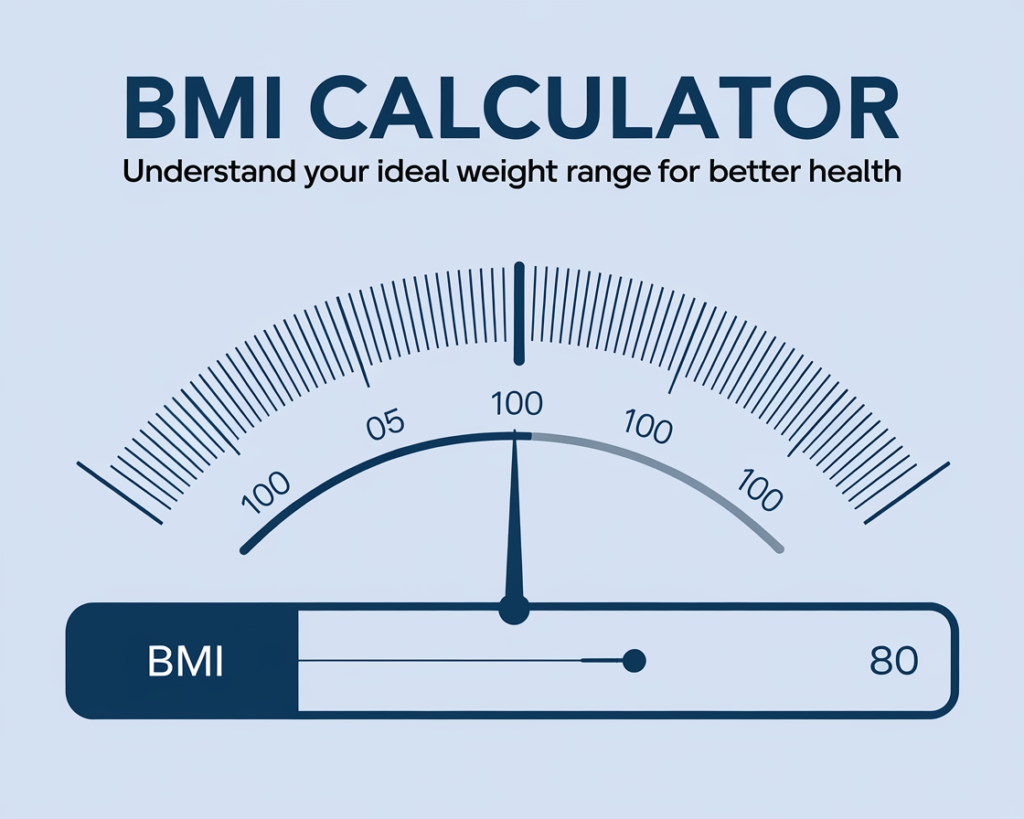As a student, understanding how to calculate your percentage of marks is one of the most essential skills you’ll need throughout your academic journey. Whether you’re checking your test scores, semester grades, or overall academic performance, knowing how to convert your raw marks into percentages helps you better understand where you stand and what you need to improve.
This comprehensive guide will walk you through everything you need to know about calculating percentage of marks, complete with step-by-step examples and practical scenarios you’ll encounter as a student.
How to Calculate Percentage of Marks (With Examples) + Free Calculator
Follow the step-by-step guide and use the calculator below to compute your **single subject**, **overall**, or **weighted** percentage of marks.
Calculator Options
Single Subject Percentage
BasicOverall Percentage (Multiple Subjects)
Sum & Average| # | Subject | Marks | Total | Remove |
|---|---|---|---|---|
| Totals: | 0 | 0 |
Weighted Percentage (e.g., Internal 30% + Final 70%)
Weighted| # | Component | % Weight | Marks | Total | Remove |
|---|---|---|---|---|---|
| Weight total: | 0% |
Step-by-Step: How to Calculate Percentage of Marks
- Write Marks Obtained (MO): your score.
- Write Total Marks (TM): maximum possible.
- Divide: compute
r = MO / TM. - Convert:
Percentage = r × 100. - Round: adjust decimals and add “%”.
Fast Conversion Shortcuts
- Out of 50 → double the score (e.g., 42/50 → 84%).
- Out of 25 → multiply by 4 (e.g., 20/25 → 80%).
- Out of 20 → multiply by 5 (e.g., 16/20 → 80%).
- Out of 200 → divide by 2 (e.g., 150/200 → 75%).
- Out of 75 →
(score × 100) / 75. - Out of 60 →
(score × 100) / 60.
FAQs
What is the formula to calculate percentage of marks?
Percentage = (Marks Obtained / Total Marks) × 100.
How do I calculate overall percentage across subjects with different totals?
Add all Marks Obtained and all Total Marks, then compute (Σ Marks / Σ Totals) × 100.
How do I calculate weighted percentage (internal + final)?
Find the percentage for each component, multiply each by its weight, then add the results: Weighted % = Σ(Weight% × Component%).
What Is Percentage of Marks?
Percentage of marks is a way to express your performance as a fraction of 100. It tells you how much you scored out of the total possible marks, converted to a scale of 100. For example, if you scored 85 marks out of 100, your percentage is 85%. If you scored 340 marks out of 400, your percentage is 85% as well.
The percentage system makes it easy to compare performance across different subjects, tests, or academic years, even when the total marks vary.
The Basic Formula
The formula for calculating percentage of marks is straightforward:
Percentage = (Marks Obtained ÷ Total Marks) × 100
Let’s break this down:
- Marks Obtained: The actual marks you scored
- Total Marks: The maximum possible marks
- ÷: Division symbol
- ×: Multiplication symbol
Step-by-Step Method
Here’s how to calculate percentage step by step:
- Identify your obtained marks: This is the score you received
- Identify the total possible marks: This is the maximum marks for that test/subject
- Divide obtained marks by total marks: This gives you a decimal
- Multiply by 100: This converts the decimal to a percentage
- Round if necessary: Usually to two decimal places
Basic Examples
Example 1: Single Subject
Let’s say you scored 72 marks out of 80 in Mathematics.
- Marks Obtained = 72
- Total Marks = 80
- Percentage = (72 ÷ 80) × 100
- Percentage = 0.9 × 100 = 90%
Example 2: Different Total Marks
You scored 156 marks out of 200 in English.
- Marks Obtained = 156
- Total Marks = 200
- Percentage = (156 ÷ 200) × 100
- Percentage = 0.78 × 100 = 78%
Example 3: Higher Numbers
You scored 847 marks out of 1000 in your annual examination.
- Marks Obtained = 847
- Total Marks = 1000
- Percentage = (847 ÷ 1000) × 100
- Percentage = 0.847 × 100 = 84.7%
Calculating Overall Percentage for Multiple Subjects
When you have marks from multiple subjects, you need to calculate your overall percentage. Here’s how:
Method 1: When All Subjects Have Equal Marks
If all subjects have the same total marks, simply add up all your obtained marks and all the total marks.
Example: You have five subjects, each out of 100 marks:
- Mathematics: 85/100
- English: 78/100
- Science: 92/100
- History: 74/100
- Geography: 81/100
Calculation:
- Total Obtained Marks = 85 + 78 + 92 + 74 + 81 = 410
- Total Possible Marks = 100 + 100 + 100 + 100 + 100 = 500
- Overall Percentage = (410 ÷ 500) × 100 = 82%
Method 2: When Subjects Have Different Total Marks
When subjects have different maximum marks, you still add up all obtained marks and all total marks.
Example:
- Mathematics: 92/120
- English: 78/100
- Science: 156/180
- History: 67/80
- Computer: 88/100
Calculation:
- Total Obtained Marks = 92 + 78 + 156 + 67 + 88 = 481
- Total Possible Marks = 120 + 100 + 180 + 80 + 100 = 580
- Overall Percentage = (481 ÷ 580) × 100 = 82.93%
Practical Applications
Grade Point Average (GPA) Conversion
Many educational systems use GPA alongside percentages. While the exact conversion varies by institution, here’s a general guide:
- 90-100%: A+ (4.0 GPA)
- 85-89%: A (3.7-3.9 GPA)
- 80-84%: B+ (3.3-3.6 GPA)
- 75-79%: B (3.0-3.2 GPA)
- 70-74%: C+ (2.7-2.9 GPA)
- 65-69%: C (2.0-2.6 GPA)
- Below 65%: Below C (Under 2.0 GPA)
Weighted Averages
Sometimes, different subjects or assignments carry different weights. For instance, your final exam might be worth 60% of your grade, while assignments make up 40%.
Example:
- Assignment marks: 85% (weight: 40%)
- Final exam marks: 78% (weight: 60%)
Calculation: Weighted percentage = (85 × 0.40) + (78 × 0.60) = 34 + 46.8 = 80.8%
Common Mistakes to Avoid
Mistake 1: Forgetting to Multiply by 100
Always remember to multiply by 100 at the end. Without this step, you’ll get a decimal (like 0.85) instead of a percentage (85%).
Mistake 2: Using Wrong Total Marks
Make sure you’re using the correct total marks for each subject or test. Double-check the question paper or marksheet.
Mistake 3: Rounding Too Early
Don’t round numbers during intermediate steps. Only round the final answer to avoid accumulating errors.
Mistake 4: Mixing Up Addition and Division
When calculating overall percentage, first add all obtained marks, then add all total marks, then divide. Don’t divide each subject separately and then add.
Using Calculators and Tools
While it’s important to understand the manual calculation, you can use:
- Basic calculators for simple division and multiplication
- Online percentage calculators for quick results
- Spreadsheet programs like Excel or Google Sheets for complex calculations
- Mobile apps designed for grade calculations
However, always verify calculator results by doing at least one manual calculation to ensure you understand the process.
Advanced Scenarios
Handling Bonus Marks
If you receive bonus marks that push your score above the total marks:
Example: You scored 105 marks out of 100 (including 5 bonus marks). Your percentage would be (105 ÷ 100) × 100 = 105%
Dealing with Negative Marking
In competitive exams with negative marking:
Example:
- Correct answers: 80 questions × 1 mark = 80 marks
- Wrong answers: 15 questions × (-0.25) marks = -3.75 marks
- Total obtained marks: 80 – 3.75 = 76.25 marks
- Total possible marks: 100
- Percentage: (76.25 ÷ 100) × 100 = 76.25%
Tips for Academic Success
Understanding percentage calculation helps you:
- Set realistic goals: Know exactly what scores you need to achieve your target percentage
- Track progress: Monitor improvement over time
- Identify weak areas: See which subjects need more attention
- Plan study time: Allocate time based on the weightage of different subjects
- Communicate with parents and teachers: Clearly explain your academic performance
Calculating percentage of marks is a fundamental skill that every student should master. Whether you’re dealing with simple single-subject calculations or complex multi-subject scenarios with different weightages, the basic principle remains the same: divide your obtained marks by the total possible marks and multiply by 100.
Remember to practice these calculations regularly, double-check your work, and don’t hesitate to ask teachers or parents for help if you’re confused. With time and practice, calculating percentages will become second nature, helping you better understand and improve your academic performance.
The key to academic success isn’t just knowing your percentage, but understanding what it means and how you can use this information to set goals and track your progress throughout your educational journey.
Discover more from Online Calculators | Free Calculator Tools
Subscribe to get the latest posts sent to your email.


